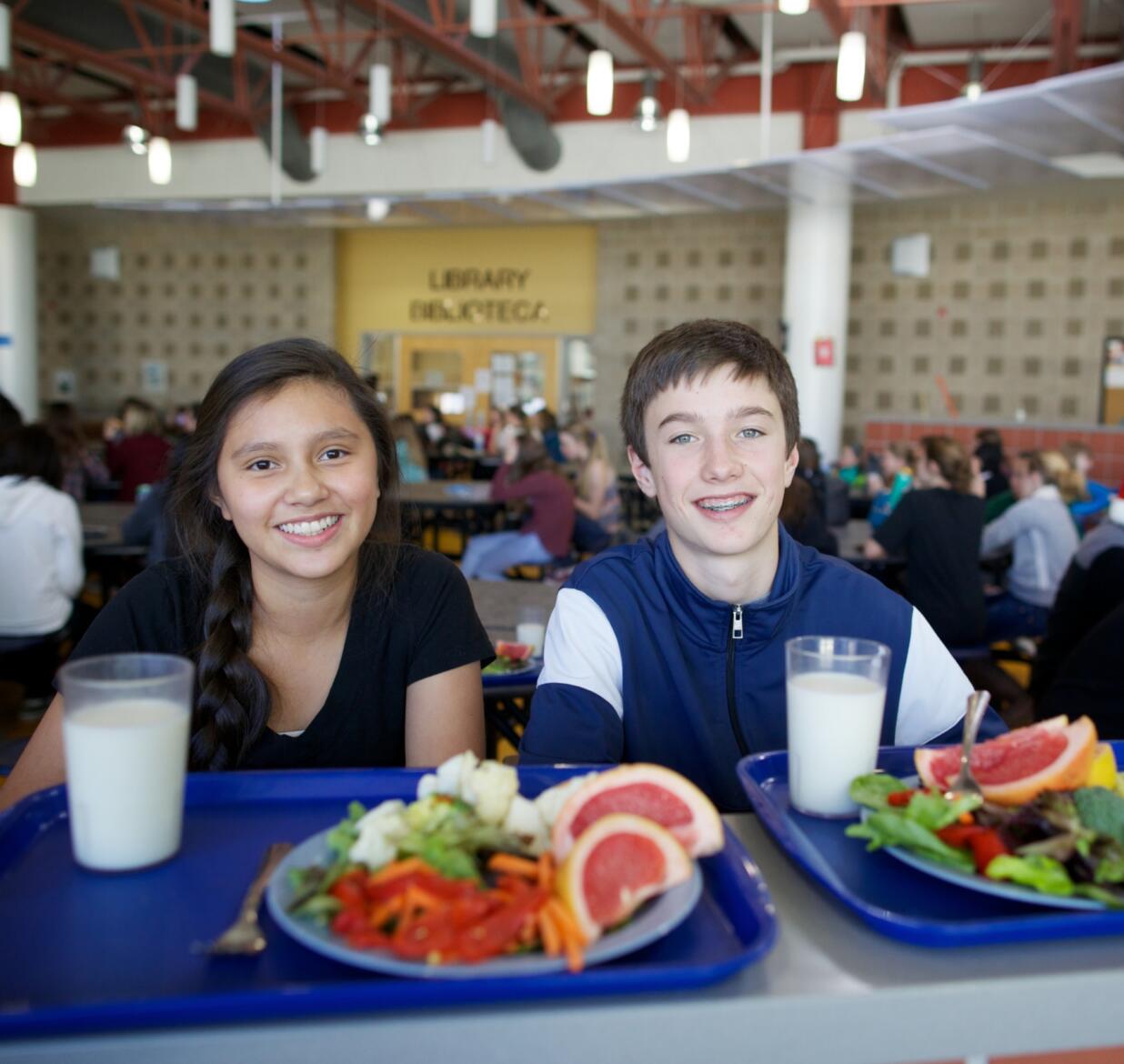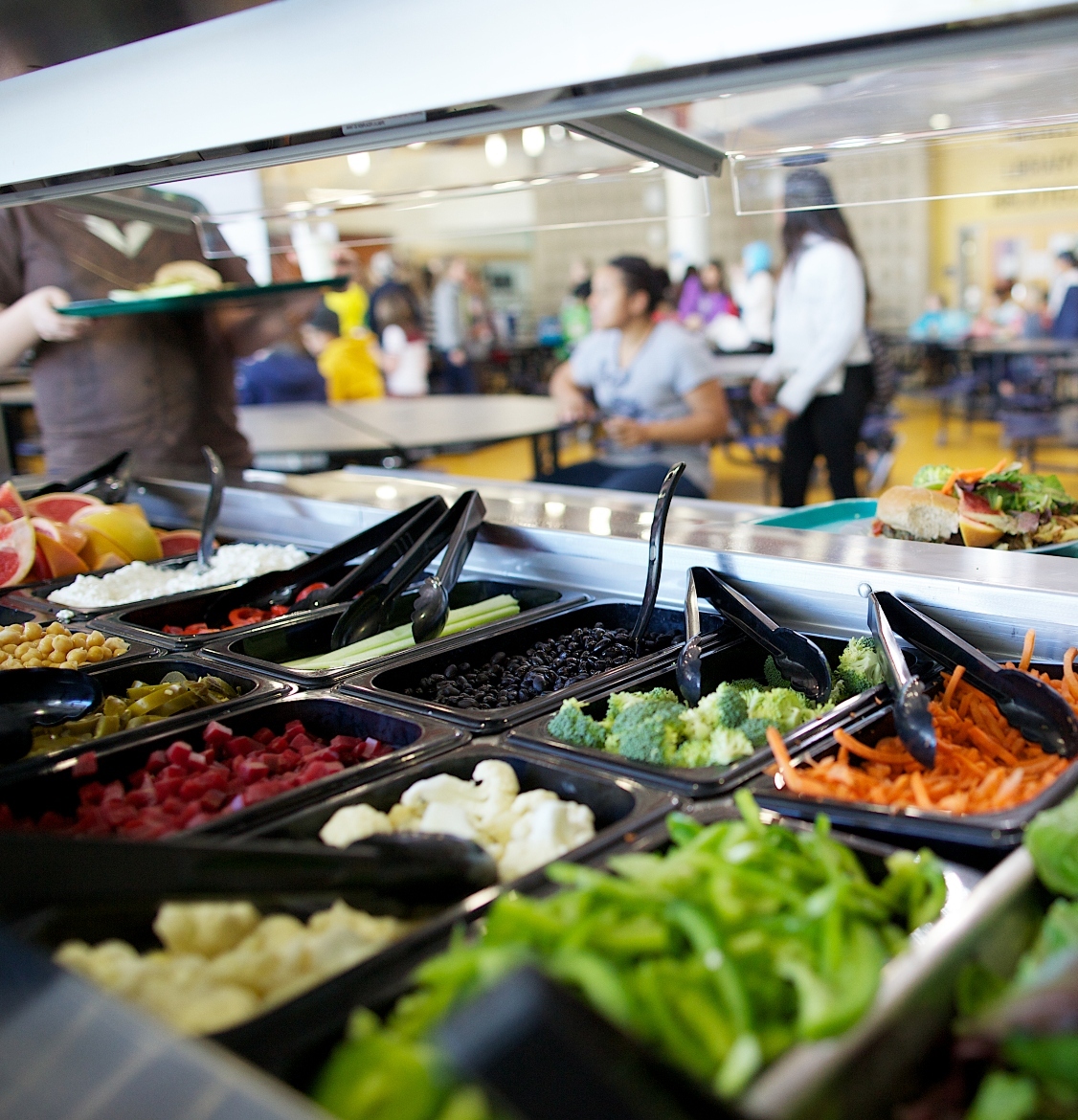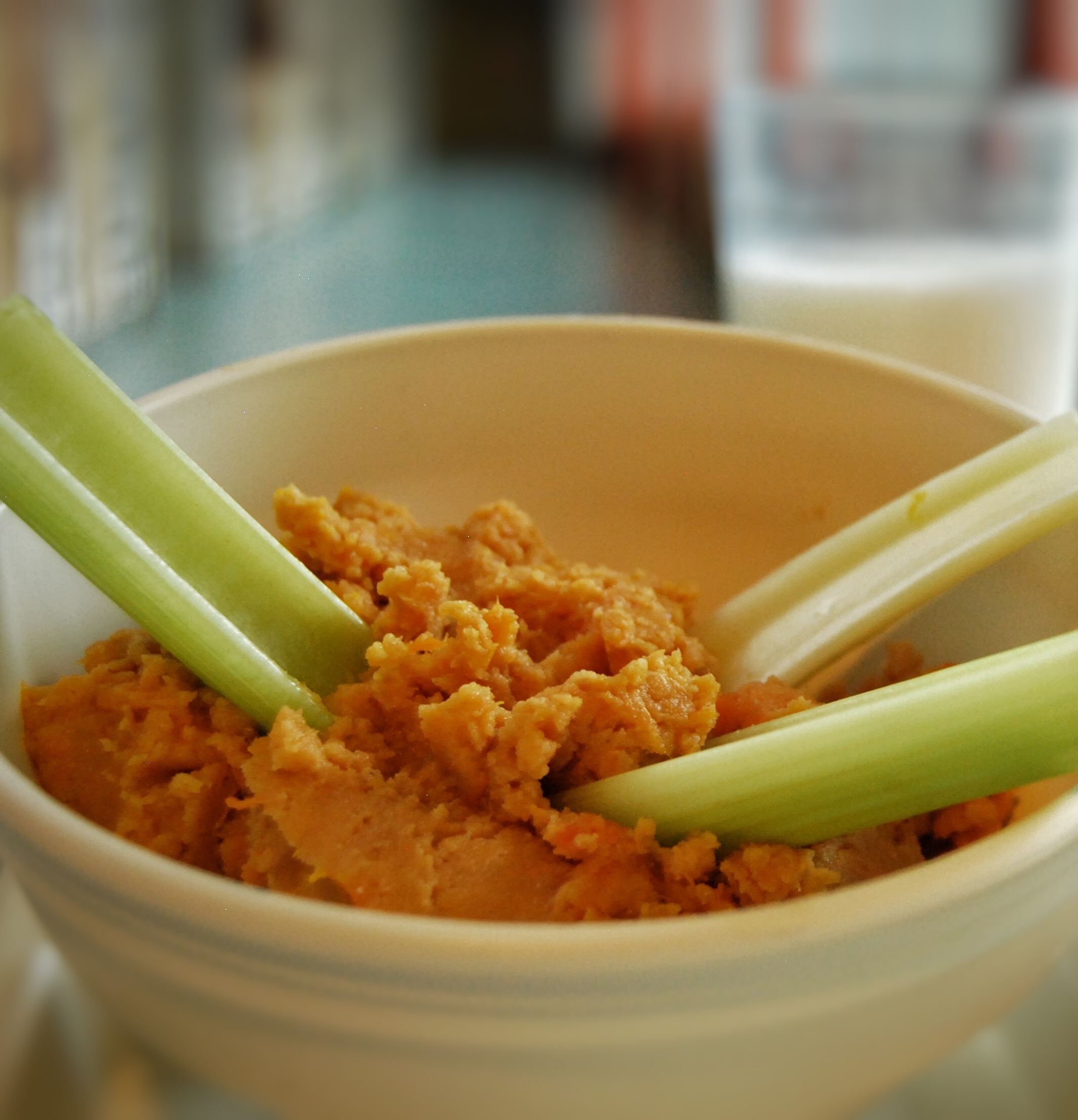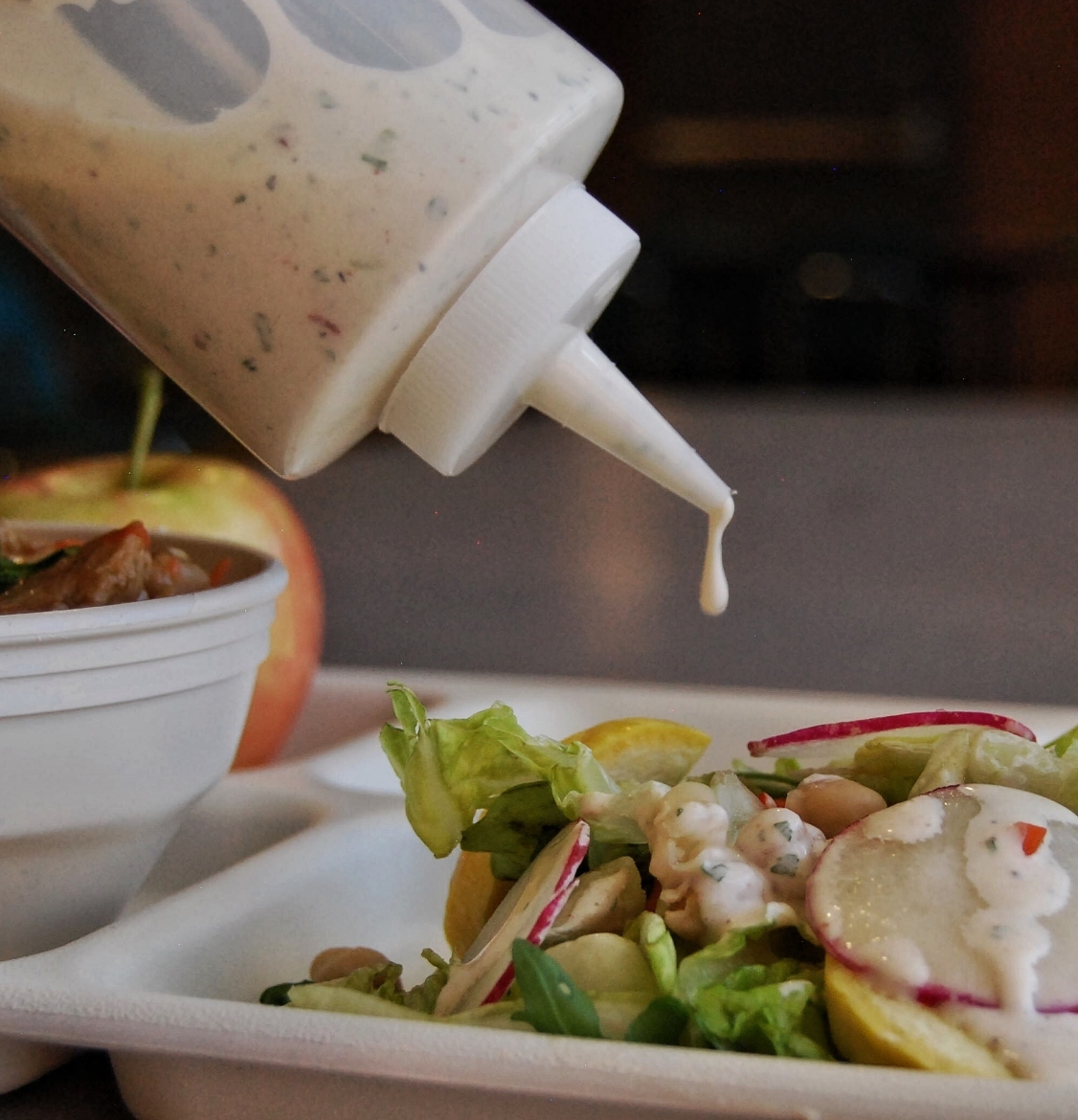
Back to School: Tips for School Food Professionals
August 09, 2022 | By Brandy Dreibelbis
School is back in session and we’re sharing tips & tricks for school food professionals as we enter the new year!
It’s officially that time: back to school is here! This fall, we face some new (and some very familiar) challenges. Many school food professionals will be operating with tighter budgets, understaffed teams, and last-minute shipment delays throughout the upcoming school year. But the shared passion to support students with healthy and delicious school food continues to drive forward.
Introducing scratch cooking into your kitchen doesn’t have to be costly or labor-intensive. Here’s a list of tips & tricks for school food professionals as we enter the new year:
Bringing Back Salad Bars
As students return to school, many food programs are reintroducing salad bars. Here are some helpful tips for getting your salad bar back up and running:
Placement is key - we recommend placing the salad bar line/flow prior to the Point Of Service (POS).
No need to prepare a vegetable side or spend labor on pre-made salads - instead, use your salad bar as part of the reimbursable meal. Bonus: this reduces food waste!
Set up your salad bar in a bulk style - students serving themselves improves program sustainability and eliminates the need for single-use bags and cups at your salad bar.


Bringing Back Salad Bars
As students return to school, many food programs are reintroducing salad bars. Here are some helpful tips for getting your salad bar back up and running:
Placement is key - we recommend placing the salad bar line/flow prior to the Point Of Service (POS).
No need to prepare a vegetable side or spend labor on pre-made salads - instead, use your salad bar as part of the reimbursable meal. Bonus: this reduces food waste!
Set up your salad bar in a bulk style - students serving themselves improves program sustainability and eliminates the need for single-use bags and cups at your salad bar.
Here at the Chef Ann Foundation, we believe salad bars can be a gateway to scratch cooking, and one day, we hope to see salad bars in every school cafeteria. We provide extensive resources on applying for a salad bar grant, as well as implementing and incorporating salad bars into school food programs.
Commodities & Easy Recipes
With all the challenges in school food right now, coupled with the normal busyness of back to school, here are some easy, basic recipes that can be prepared fresh without intensive labor and time. (These are also good ways for districts to leverage USDA commodity foods!)

This simple hummus contains just 7 common ingredients and can be served plain or flavored with a variety of fresh ingredients. Possible flavors for this plant-forward protein: roasted garlic, red peppers, cilantro and lime, or roasted tomatoes and basil. You can use hummus as a base for vegetarian sandwiches and wraps, add it on the salad bar, feature it as a component in bento boxes, or serve it as a dip with carrots and celery sticks. Best of all, it’s a great way to use commodity garbanzo beans.

This simple hummus contains just 7 common ingredients and can be served plain or flavored with a variety of fresh ingredients. Possible flavors for this plant-forward protein: roasted garlic, red peppers, cilantro and lime, or roasted tomatoes and basil. You can use hummus as a base for vegetarian sandwiches and wraps, add it on the salad bar, feature it as a component in bento boxes, or serve it as a dip with carrots and celery sticks. Best of all, it’s a great way to use commodity garbanzo beans.
Chicken street tacos is another simple recipe that also utilizes common commodity items, like chicken and cheese. Simply season your diced or fajita chicken strips, serve on a tortilla (try procuring these locally if possible!) and top with shredded cheese. If you’re feeling ambitious, you could even make a fresh homemade pico de gallo salsa to pair with your tacos.
Simple Menu Swaps
Want to make a big impact on your menu, but concerned about time, cost, and/or labor? Try swapping out pre-packed French Toast Sticks for an easy French Toast Casserole recipe. It’s healthy, delicious, and cost effective! It’s a big win to replace a common school food menu item that is full of preservatives and sugar. Feel like you can’t prepare in time for breakfast? Get creative and menu this as ‘breakfast for lunch’ - the students will love it!
Ranch dressing is another popular cafeteria item that’s simple to make from scratch. Salad dressings are a great way to transition away from single-serve condiment packets, helping eliminate both food waste and trash. By making your own salad dressings, you can also control the ingredients and eliminate high fructose corn syrup, a common ingredient in premade salad dressings. Lastly, this house-made ranch has a two week shelf life under refrigeration, so it can be made in a large batch and keeps for a while. Kids love ranch dressing, and dare we say, they love it even more when it’s scratch-made! Like the idea of making your own dressings? Check out these other salad dressing recipes on The Lunch Box.


Ranch dressing is another popular cafeteria item that’s simple to make from scratch. Salad dressings are a great way to transition away from single-serve condiment packets, helping eliminate both food waste and trash. By making your own salad dressings, you can also control the ingredients and eliminate high fructose corn syrup, a common ingredient in premade salad dressings. Lastly, this house-made ranch has a two week shelf life under refrigeration, so it can be made in a large batch and keeps for a while. Kids love ranch dressing, and dare we say, they love it even more when it’s scratch-made! Like the idea of making your own dressings? Check out these other salad dressing recipes on The Lunch Box.
Scratch Forward
As you look for more healthy and delicious menu options for your students, we encourage making basic swaps whenever possible to start incorporating more scratch-cooked foods into your cafeteria. Switching to a fully scratch-cooked operational model is no easy feat; however, adopting these smaller changes are a great way to introduce students to more healthy, fresh, and local ingredients.
Incorporating simple scratch-cooked recipes into your program also gives your school food team the opportunity to expand their culinary skills and expertise. As teams continue to face setbacks and a rapidly changing school food environment, our hope is that these tips can help your team explore scratch-cooking with the time, labor, and ingredients that you already have at hand.
We applaud the optimism and drive that many school food teams are bringing to their cafeterias this fall, and hope that these tips can open doors for your school food team to incorporate scratch-cooking into your program over time.







